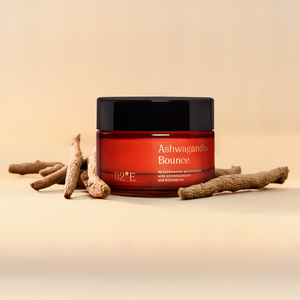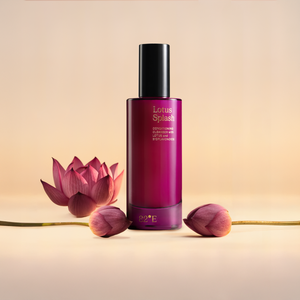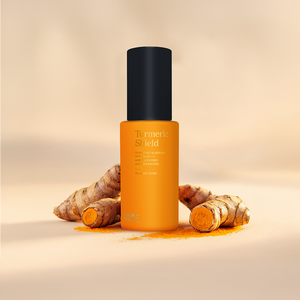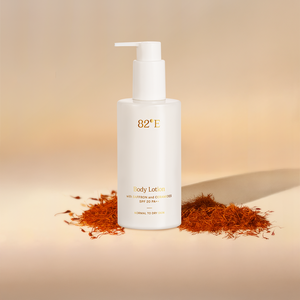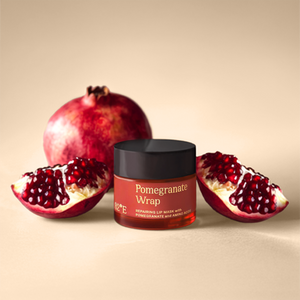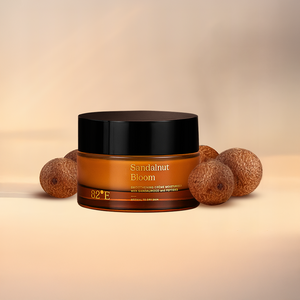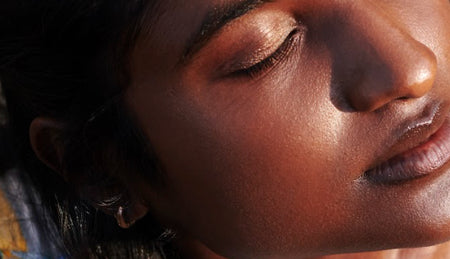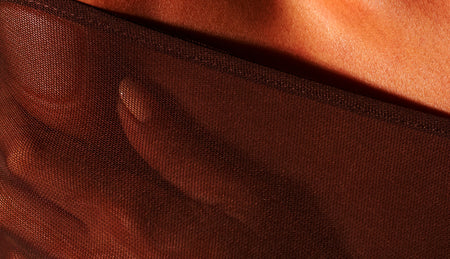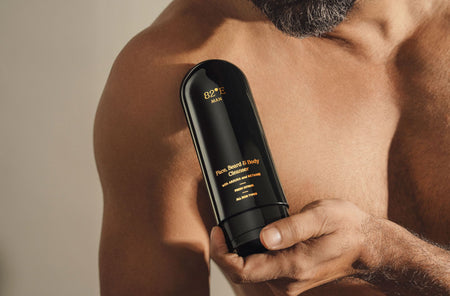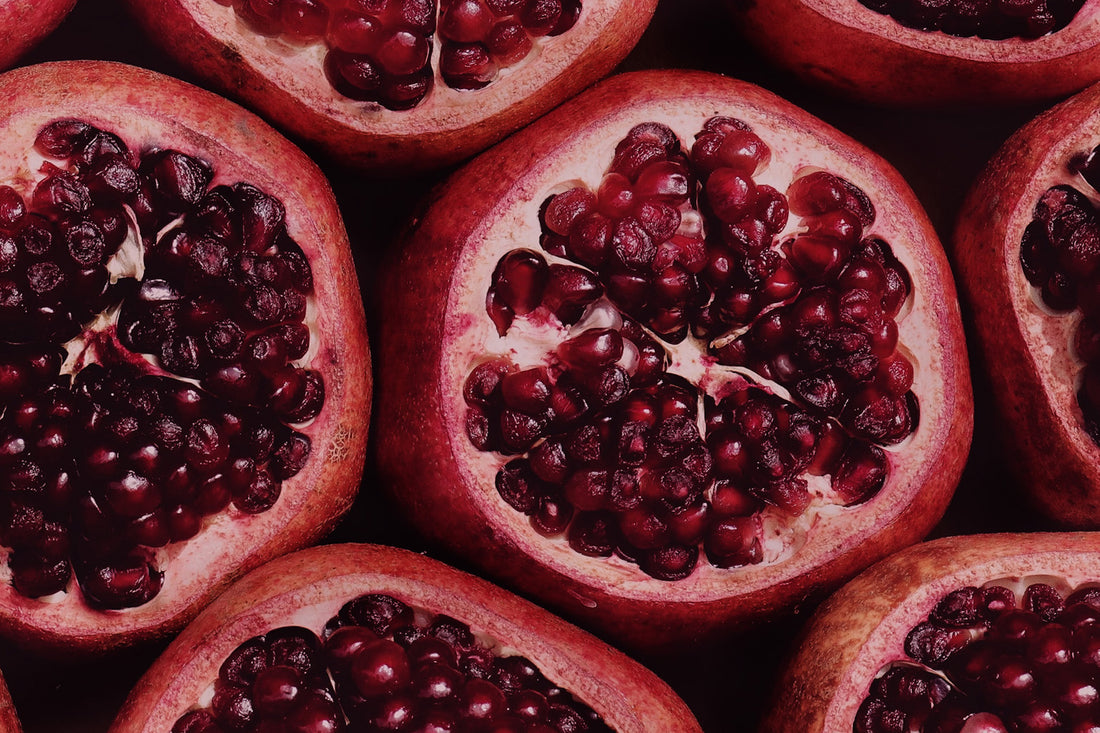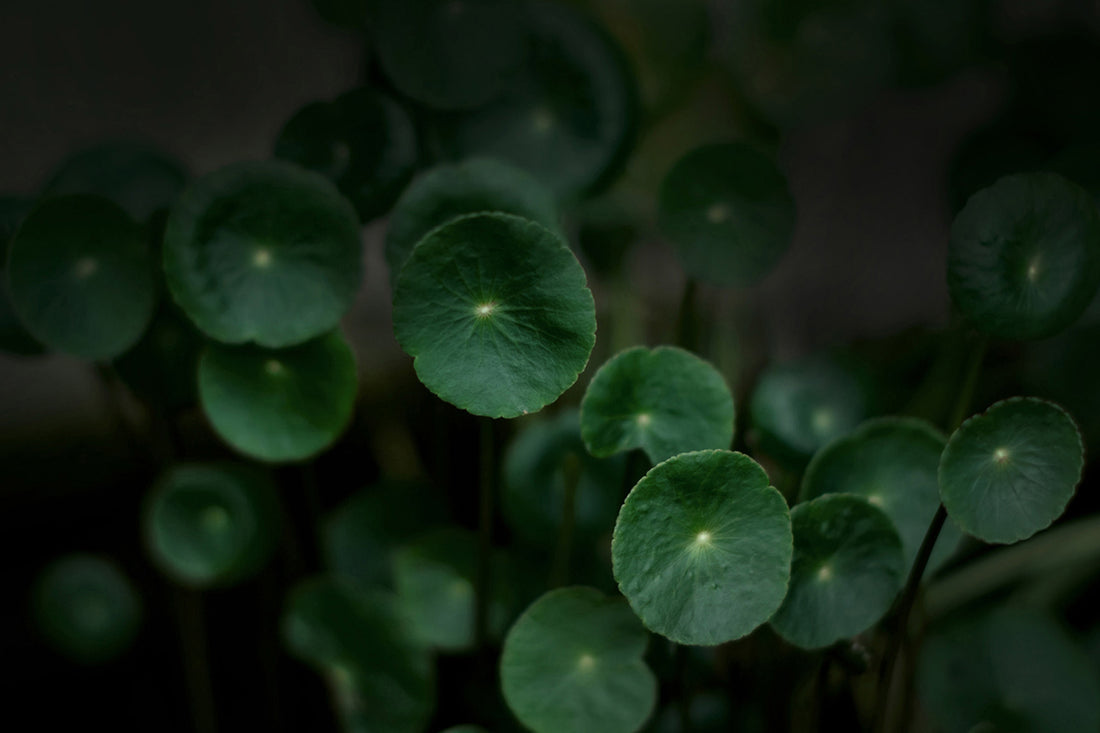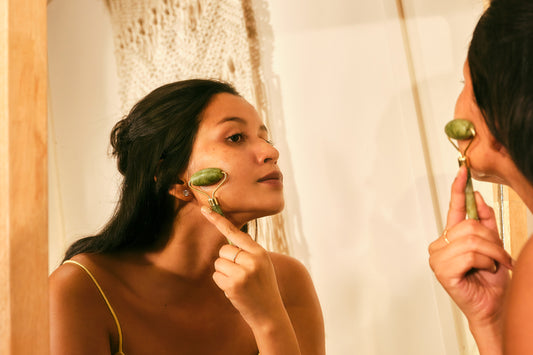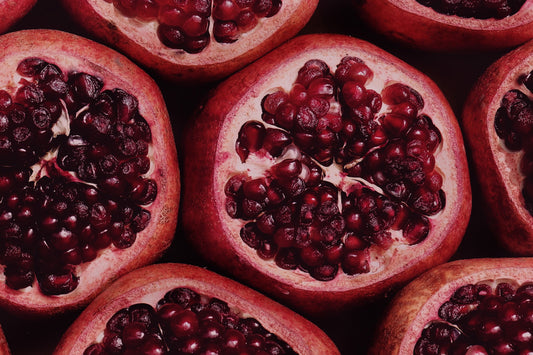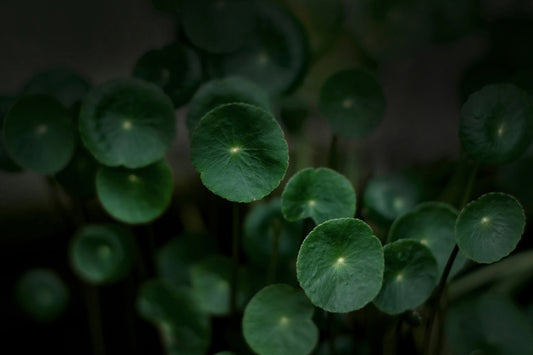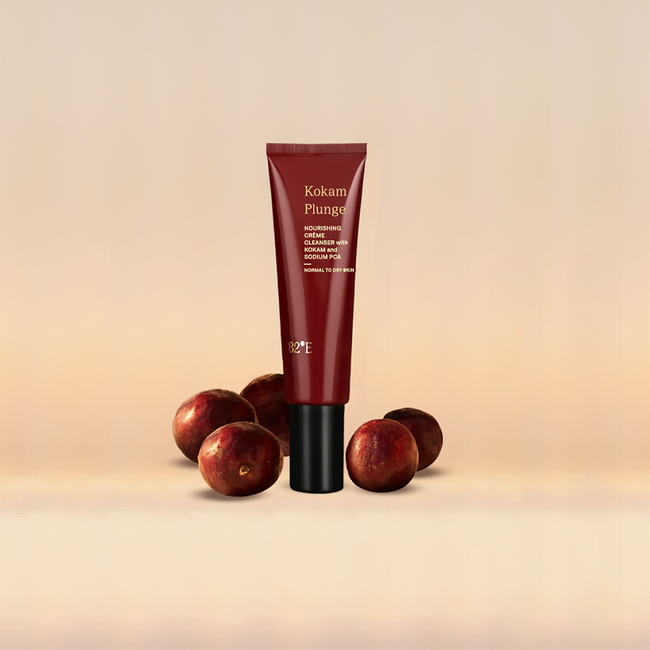
A deep dive into cleansing, the types of cleansers and the correct way to cleanse with board certified dermatologist, Dr. Jaishree Sharad.
1. How does cleansing correctly help with your overall skincare?
Cleansing is an important step in your overall skin routine. Depending on your skin type, a different type of cleanser would suit your skin. Cleansing not only cleans the skin of dirt, dust, oil, makeup, and impurities but also helps any skincare products you may use thereafter to penetrate properly and evenly.
2. What are the different types of cleansers?
The different types of cleansers include foam cleanser, cream cleanser (hydrating cleanser), micellar cleanser, clay cleanser, powder cleanser, and cleansing bars.
3. What are crème cleansers?
Crème cleansers, or hydrating cleansers, have a thicker creamy consistency that is gentler on the skin while cleansing it thoroughly. They are pH-balanced cleansers that contain hydrating and barrier-protecting ingredients, like glycerin, ceramides, squalene, and sodium hyaluronate, among others. They are suitable for dry, sensitive skin that is prone to rosacea and eczema.
4. What are the key differences between gel cleansers and crème cleansers?
Gel cleansers have a thick gel-like consistency that forms a moderate amount of foam, as opposed to crème cleansers that do not foam. Gel cleansers are more suitable for normal to moderately oily skin types. They tend to give a more ‘squeaky clean’ appearance compared to crème cleansers. Gel cleansers can be enhanced with actives like AHAs and BHAs to get the most out of them.
5. Why are crème cleansers considered ideal for individuals with dry skin?
Crème cleansers are suitable for dry skin as they do not strip your skin of its natural oils. They also contain barrier integrity-maintaining ingredients, like glycerin, ceramides, squalene, and sodium hyaluronate, that provide moisture.
6. Should people choose a cleanser based on their skin type or seasonal changes?
Yes, definitely. People with dry and sensitive skin should use crème cleansers; those with normal to moderately oily skin should use gel cleansers; and those with oily, congested, and acne-prone skin should use foaming cleansers. In drier winter months, crème cleansers are ideal. But if you have oily skin, you can use a hydrating cleanser in the morning and a foaming one at night for a deeper cleanse. In more humid, hot, and sweaty climates, stick to gel-based or foaming cleansers.
7. What factors should individuals consider when selecting a cleanser?
When selecting a cleanser, you should consider your skin type, seasonal changes, and active skin conditions like acne, rosacea, and seborrheic dermatitis.
8. There is some discussion about the correct way to use a cleanser. Do you think contact time is important, and what do you believe is the best method for using a cleanser?
The ideal contact time for a cleanser is around 45-60 seconds. That is the time it would take to emulsify the impurities. If there are active ingredients added to the cleanser, then it needs to be left on for 1-2 minutes. In clean hands, take a coin-sized amount of the cleanser and apply it to damp skin, massaging it gently in circular motions for about 45-60 seconds, and wash it clean with cold to lukewarm water. Finally, pat your face with a clean towel.

